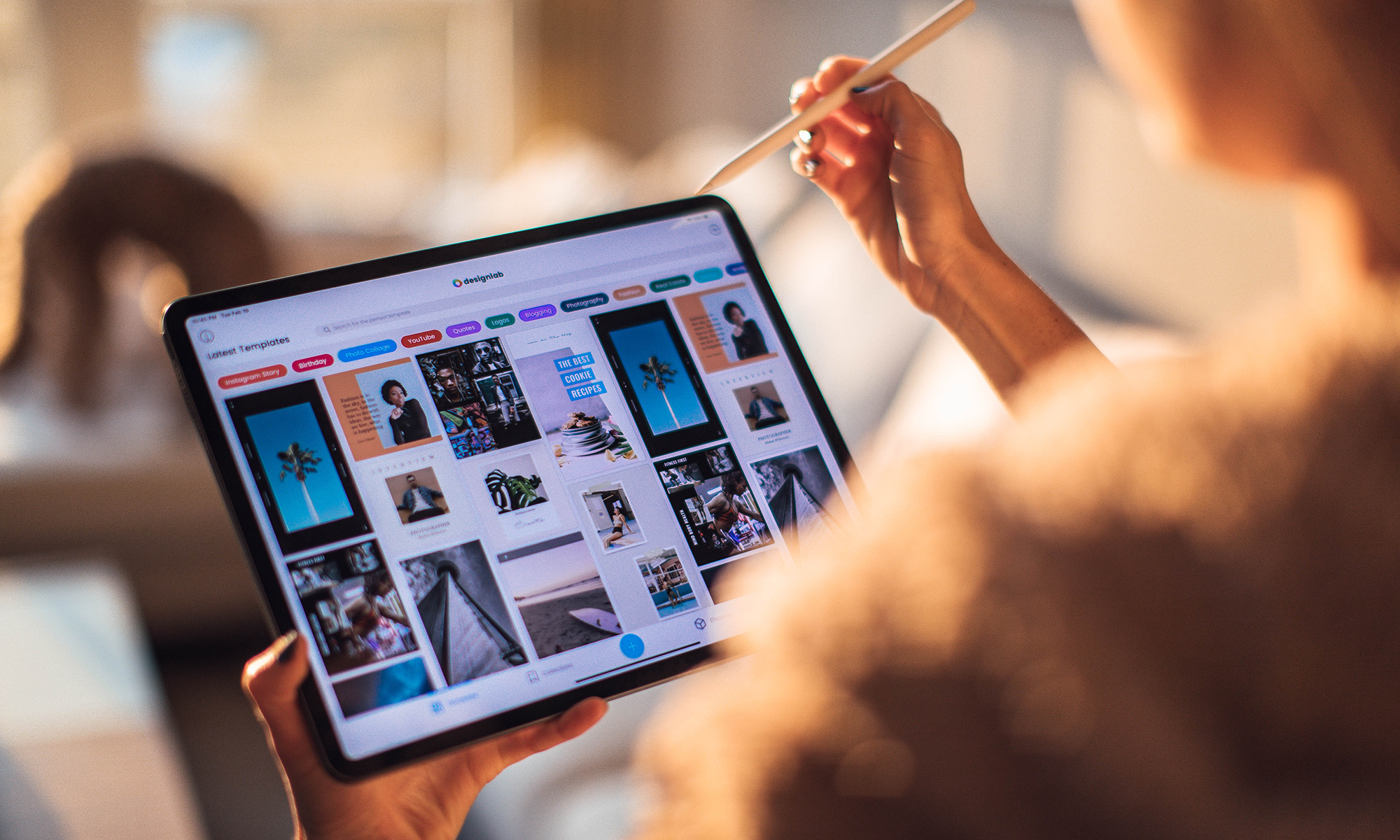Dan Ness, Principal Analyst, MetaFacts, September 2, 2021
Apple dominates with most of the world’s users
Brand footprint is a measure of market penetration that explains much, while also painting a picture about the future. For companies like Apple with a broad product portfolio, a high number reflects the many ways that users can be included within Apple’s brand footprint – with any smartphone, PC, or tablet. Other tech brands are focused on specific category, and so best compared with their direct category competitors.
Apple dominates US device brands
Among online Americans, Apple’s brand footprint has grown slightly over the last two years, rising from 53% to 55%. During that same period, Samsung experienced a slight expansion from 31% to 33%, only to return to the 31% level. Dell, and HP have seen their brand footprint contract, each dropping by a full five percentage points. Some of this reduction has come from pandemic-related chaos: supply issues, channel challenges, shifts for some to work from home, and buyer’s economic struggles. Combined, these factors make buyers more likely to change their habits as well as their loyalties.

Looking ahead
To maintain its dominance, Apple needs to continue to provide enough value to its customers to stay within the fold. Apple has sought to walk the tightrope of high integration within its ecosystem while also balancing customer demands for openness and interoperability. There’s another side to captive stickiness. Brands that are seen as being too closed face the other side of a double-edged sword. Once customers move out of ecosystems or brand loyalty, they move quickly and fully. Meanwhile, other brands have mostly focused on competing within a specific product category. They have sought to build their perceived value through other means – availability, pricing, and the richness of their offerings.
About this TUPdate
TUPdates feature analysis of current or essential technology topics. The research results showcase the TUP/Technology User Profile study, MetaFacts’ survey of a representative sample of online adults profiling the full market’s use of technology products and services. The current wave of TUP is TUP/Technology User Profile 2021, which is TUP’s 39th annual. TUPdates may also include results from previous waves of TUP.
Current subscribers may use the comprehensive TUP datasets to obtain even more results or tailor these results to fit their chosen segments, services, or products. As subscribers choose, they may use the TUP inquiry service, online interactive tools, or analysis previously published by MetaFacts.
On request, interested research professionals can receive complimentary updates through our periodic newsletter. These include MetaFAQs – brief answers to frequently asked questions about technology users – or TUPdates – analysis of current and essential technology industry topics. To subscribe, contact MetaFacts.
Indexing
Lenses: Devices, Mobile Phones, PCs, Tablets
Tables: DEV1xCOUNTRY through DEV7xCOUNTRY
Tags: Apple, Samsung, Dell, HP, Sony, Lenovo, Acer, ASUS, Huawei, Brands, Pandemic, COVID, Brand footprint, Market penetration
TUP_doc_2021_0902_domi-Dominant-brands-2021_0920_1122








